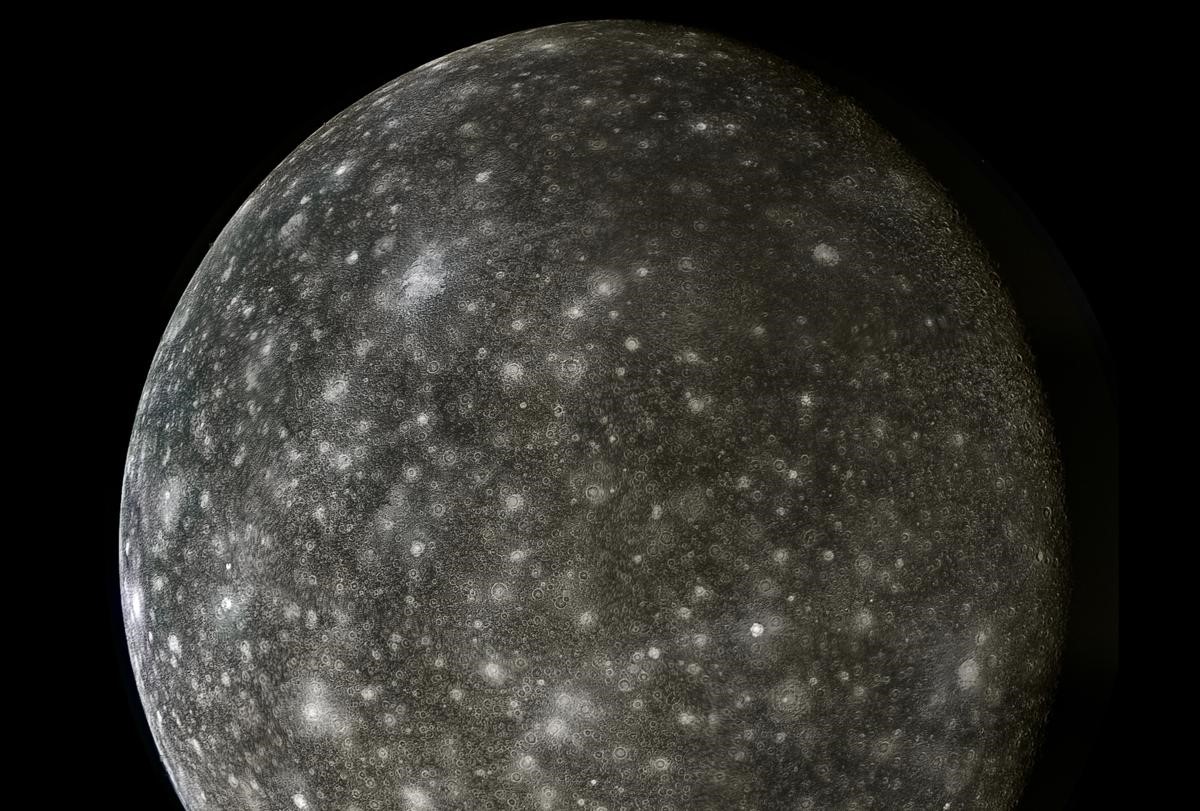
Presence of ozone on Callisto

06.04.2024
Presence of ozone on Callisto
|
For the Prelims:About Jupiter's moon, Callisto,Important points |
Why in the news?
Recently an international team of scientists, including researchers from India, has found solid evidence indicating the presence of ozone on Jupiter's moon, Callisto.
Important points:
- This discovery has important implications for understanding the composition of the Moon's atmosphere.
- The presence of ozone on Callisto also suggests the existence of stable atmospheric conditions and thus the possibility of life.
- This discovery was published in the March 2024 issue of Icarus magazine.
- Callisto's surface was imaged in near true color by the Voyager 2 spacecraft in July 1979.
- According to NASA, Jupiter (95) has the most moons in the Solar System, followed by Saturn (146).
About Jupiter's moon, Callisto:
- Callisto is one of the largest moons of Jupiter and the third largest in the Solar System after Ganymede and Titan.
- Callisto was discovered in 1610 by Italian scientist Galileo Galilei, along with Jupiter's three other largest moons: Ganymede, Europa, and Io.
- Callisto is composed primarily of water ice, rocky material, sulfur dioxide, and some organic compounds.
- Its unique composition makes it a potential place in the Solar System to support life beyond Earth.
- Earlier it was considered a barren celestial body, but now scientists believe that this icy moon may harbor favorable conditions for life.
- Callisto's cratered surface reveals a long history of impacts from asteroids and comets.
- Unlike some of Jupiter's other moons, such as Io and Europa, Callisto lacks significant seismic activity.
Source: The Hindu